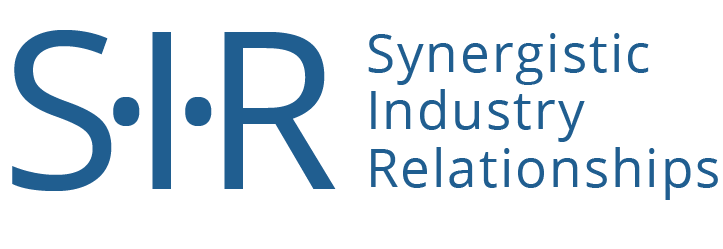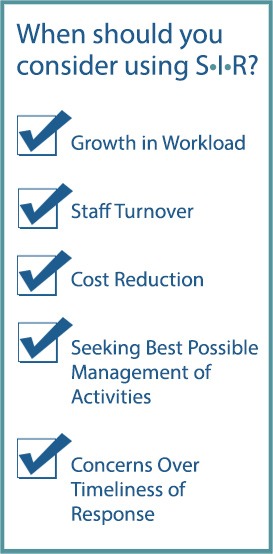
- Home
- About S•I•R
- Services
- Testimonials
- S•I•R Blog
- SIRs Credo For Success
- What's the Best Use of Sales & Marketing Budget?
- Effective use of Targeted Sales & Marketing Tactics
- Getting a Handle on Social & Digital Marketing
- How to Increase Sales Using the Sales Funnel & Pipeline
- Sales Management 101 - Managing Your Sales Stable
- Lead Generation & Tactics - Back to Sales School
- Who is S-I-R?
- S-I-R Sales Library
- Client Testimonial Burke
- Contact S•I•R

 Mass marketing can be very expensive in terms of dollars spent and patience for return on investment. The quicker you get to the right person with a solution to their need (your product or service,) the quicker you make the sale. That’s the bottom line. So how does an astute sales manager create strategic campaigns that are effective and make the best use of your marketing budget? This is where knowing how to identify and target potential great clients hits the sales mark.
Mass marketing can be very expensive in terms of dollars spent and patience for return on investment. The quicker you get to the right person with a solution to their need (your product or service,) the quicker you make the sale. That’s the bottom line. So how does an astute sales manager create strategic campaigns that are effective and make the best use of your marketing budget? This is where knowing how to identify and target potential great clients hits the sales mark.